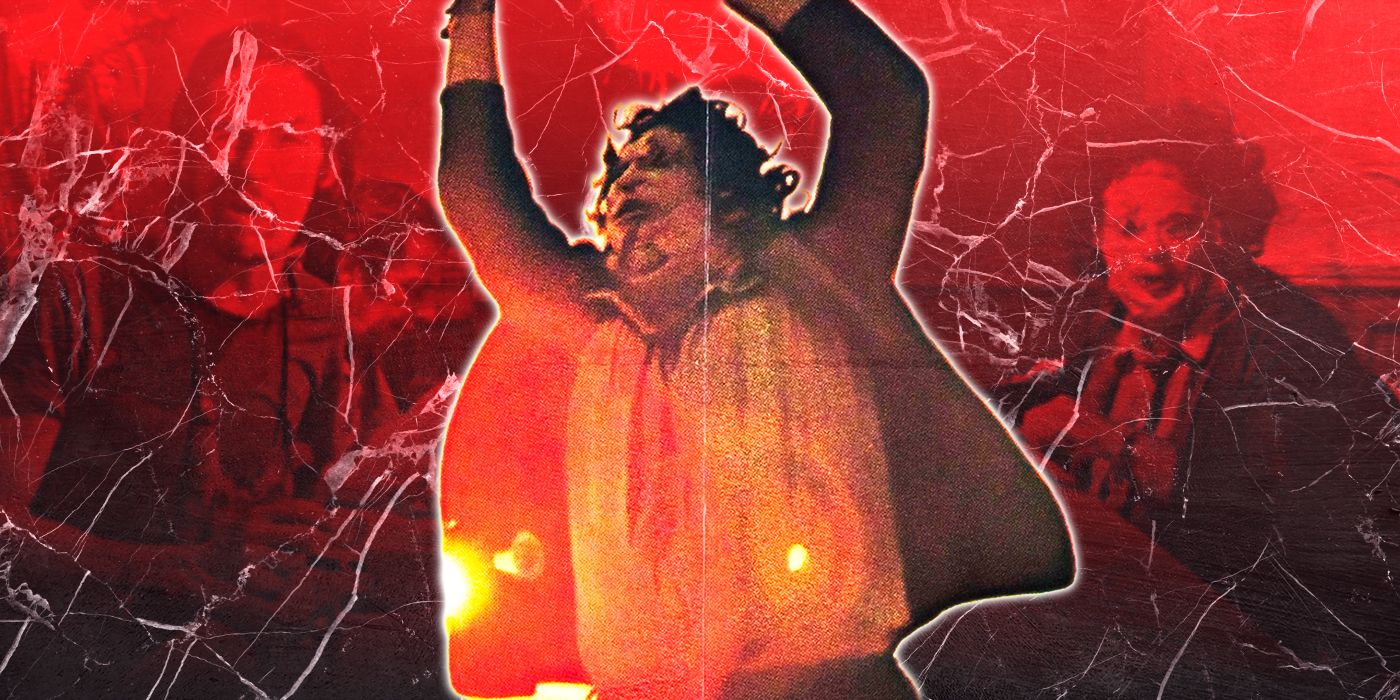The awl is a manhwa that manages to strike the difficult balance between a compelling story, a meaningful message, and an interesting cast of characters. It doesn’t do this easily; the story has inherent politics, and so when I read it, I expected a series of long, didactic lessons wrapped up in a story. My initial misunderstandings couldn’t have been greater. The awl follows the toxic and harmful actions of large corporations. It shows the evils from the perspective of the workers who endure them (and eventually resist them), as well as from the perspective of one of their superiors who slowly begins to fight for them. This combination of perspectives is one of the greatest strengths of the text. By developing two characters at the same time, who act independently of each other and eventually meet, The awl manages to create a sense of constant motion, even as the overall story is just beginning. Combining it with the workers’ perspectives and the powerful art depicting their expressions only enhances this feeling.
Written and illustrated by Choi Gyu-seok, The awl follows two main characters: a young manager named Lee Soo-in and a union activist named Gu Go-sin. Soo-in works for a major corporation that mistreats employees, denies them access to representation, and tries to fire them unfairly. Go-sin is a tenacious advocate and the main reason for the left-wing, pro-union energy in Volume 1. In contrast, Soo-in Cultivation delve into Go-sin’s mindset, learn to understand and empathize with his subordinates, recognize the evil in oppressive structures, and ultimately act against them rather than being a passive observer or someone without agency. The first volume mainly follows his development and lays the foundation for understanding a universe marked by resistance and abuse in the workplace.
Double perspectives
When I refer to the dynamic between Soo-in and Go-sin, I don’t mean their literal interactions, as they only come into contact as the story progresses. Both serve as points of comparison for each other; Soo-in is an insider, relatively young, just developing his activist mentality, and someone whose past The awl spends a lot of time doing this. Go-sin is a complete outsider (from a corporate perspective), relatively old, and a full-fledged activist. To compare this to an action series, Go-sin is like the powerful, well-known hero with an unclear past that the aspiring hero looks up to and emulates. The manhwa starts with him accidentally meeting and rescuing a man who has been homeless for two days after being fired without being paid his wages for several months. Go-sin more or less saves the man’s life, talks to him to understand how his employer cheated him, and then immediately uses a network of workers and small businesses to put pressure on the employer to pay him the wages he is owed and get him back on a more fruitful path.

This first section sets the tone of the comic, immediately preparing the reader to loathe abusive corporations and to positively view community-minded responses to them. Then Chapter 1 begins with an immediate segue to Soo-in being ordered to kick out his current employees. In other words, Soo-in’s introduction is the kind of foreshadowing that would have caused the homelessness Go-sin experienced. The distrust and unease between Soo-in and his workers is the complete opposite of the trust other workers and companies have in Go-sin. Furthermore, while Go-sin can act immediately when he sees an injustice, Soo-in is still hesitant. In his role as a leader, he is expected to follow orders and maximize value for French corporate management. And for the most part, he does.

The first chapter accomplishes two things with its shifting perspectives: First, it arouses a natural curiosity about Soo-in, someone who is desperately trying to make something of himself in structured roles where he follows rules, but who fights tooth and nail against those roles when they harm someone or violate his principles. Given the large portion of the volume devoted to his backstory, this curiosity is important in keeping readers’ attention. Second, the story builds suspense by showing how Go-sin engages with the workers and understands their hardships, helping the reader become aware of the harsh material conditions that arise when leaders do seemingly simple things, like enforce orders from upper management.
High stakes, justified conflict
Often, especially in Western countries like the United States, protest is portrayed as something childish that people do. In the context of worker activism, individual achievement and autonomy are emphasized to prevent collective action. Likewise, corporate characters are portrayed in The awl often look after themselves and act to avoid punishment. Those in power make ridiculous offers to unions and treat them as unreasonable aggressors. But by showing us the workers’ perspective and drawing a clear line between collective action and worker protection, The awl challenges many preconceptions readers might have about protests and places them in the shoes of the people on the ground who want and need them. Metaphors, precise diction, descriptive prose… all of these things go a long way to underscore the humanity of the workers. The long, lecture-like blocks of text I was expecting are instead dialogues between people, while behind the speech bubbles are drawings of the examples they use. It’s a really clever way of editing an otherwise incredibly dense section of text.
Finally, you will definitely find something special in The awl if you hate it when companies rip off their employees, if you’ve worked for a retailer, or if you feel any kind of empathy for those who are punished by the powerful for no reason at all. Hopefully that applies to almost everyone, and I would really recommend this story to anyone who reads it. The series will be released in English digitally and in print on September 24, 2024.




